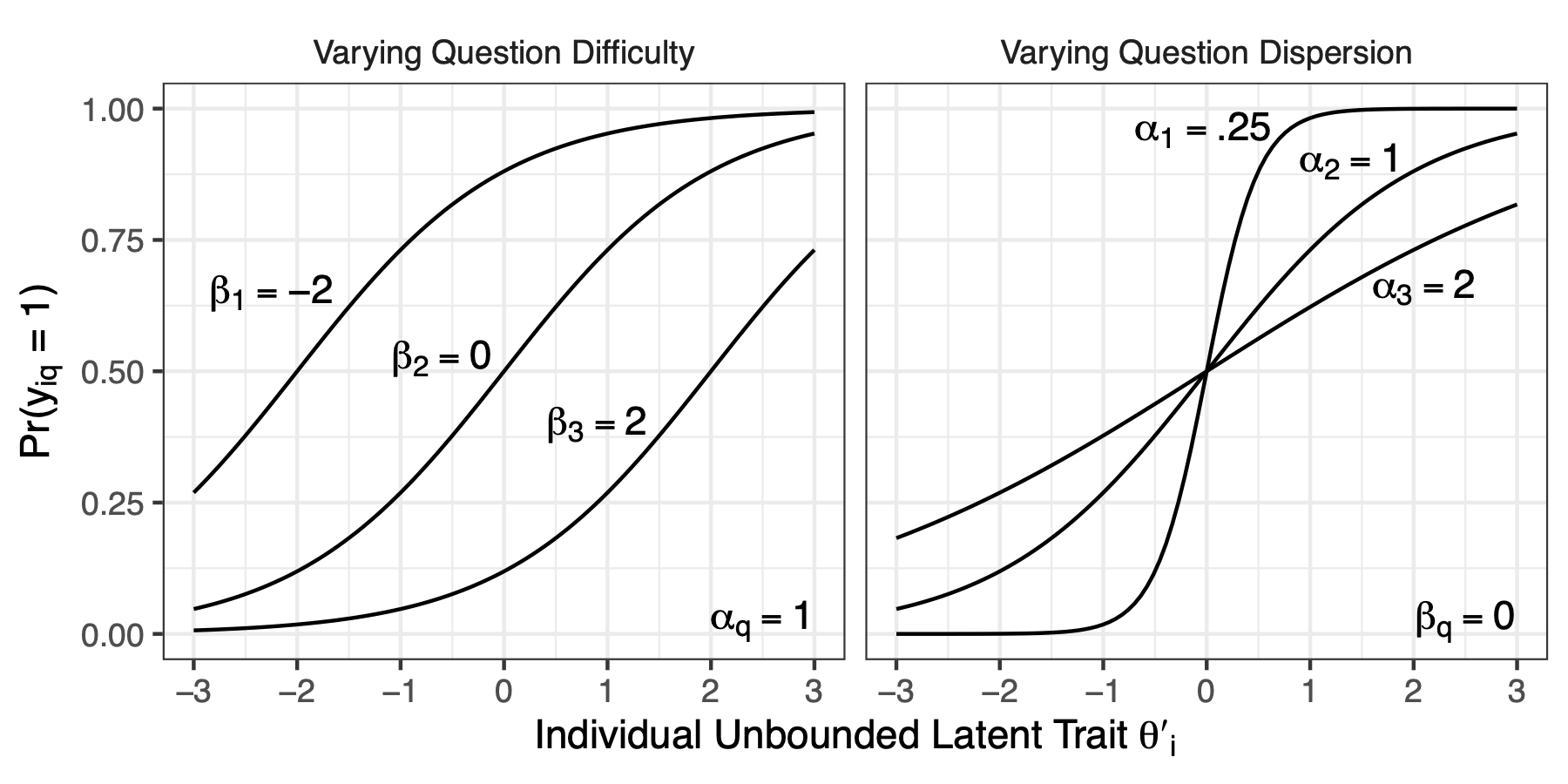Modeling Dynamic Comparative Public Opinion
Frederick Solt. 2020. “Modeling Dynamic Comparative Public Opinion.” SocArXiv.
Other details: Previous versions of this project were presented at the 2014 meetings of the European Political Science Association and American Political Science Association, the 2016 meeting of the Midwest Political Science Association, the 2019 St. Louis Area Methods Meeting, the 2020 meeting of the Southern Political Science Association, and at Princeton University, Oxford University, the University of Tennessee, the University of Iowa, Central European University, and the Polish Academy of Sciences.
Abstract
The study of public opinion in comparative context has been hampered by data that is sparse, that is, unavailable for many countries and years; incomparable, i.e., ostensibly addressing the same issue but generated by different survey items; or, most often, both. Questions of representation and of policy feedback on public opinion, for example, cannot be explored fully from a cross-national perspective without comparable time-series data for many countries that span their respective times of policy adoption. Recent works (Claassen 2019; Caughey, O’Grady, and Warshaw 2019) have introduced a latent variable approach to the study of comparative public opinion that maximizes the information gleaned from available surveys to overcome issues of sparse and incomparable data and allow comparativists to examine the dynamics of public opinion. This paper advances this field of research by presenting a new model and software for estimating latent variables of public opinion from cross-national survey data that yield superior fit and more quantities of theoretical interest than previous works allow.
Important figure

BibTeX citation
@misc{Solt2020,
author={Solt, Frederick},
title={Modeling Dynamic Comparative Public Opinion},
publisher={SocArXiv},
year={2020},
month={Jan},
url={osf.io/preprints/socarxiv/d5n9p},
doi={10.31235/osf.io/d5n9p}
}